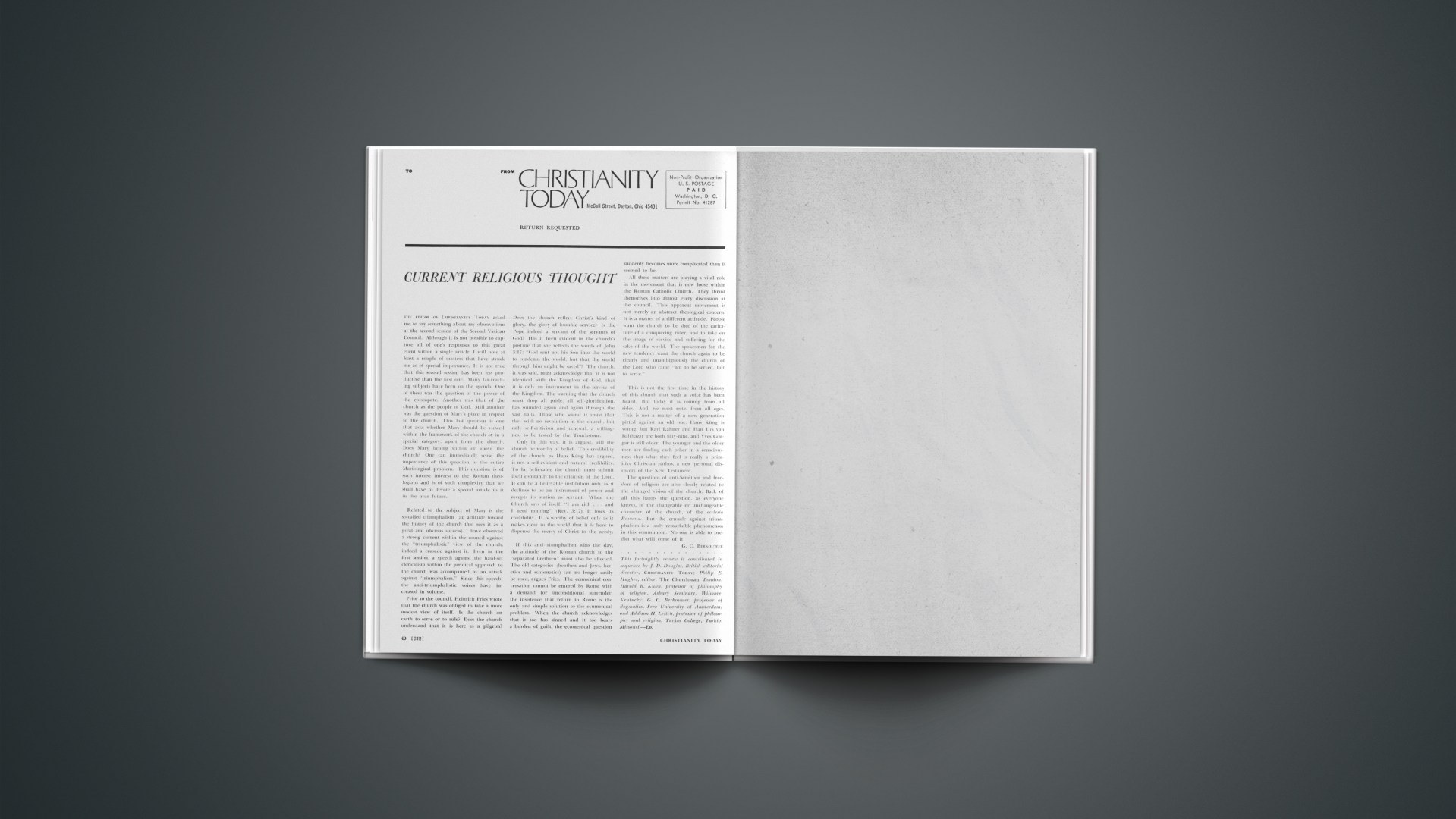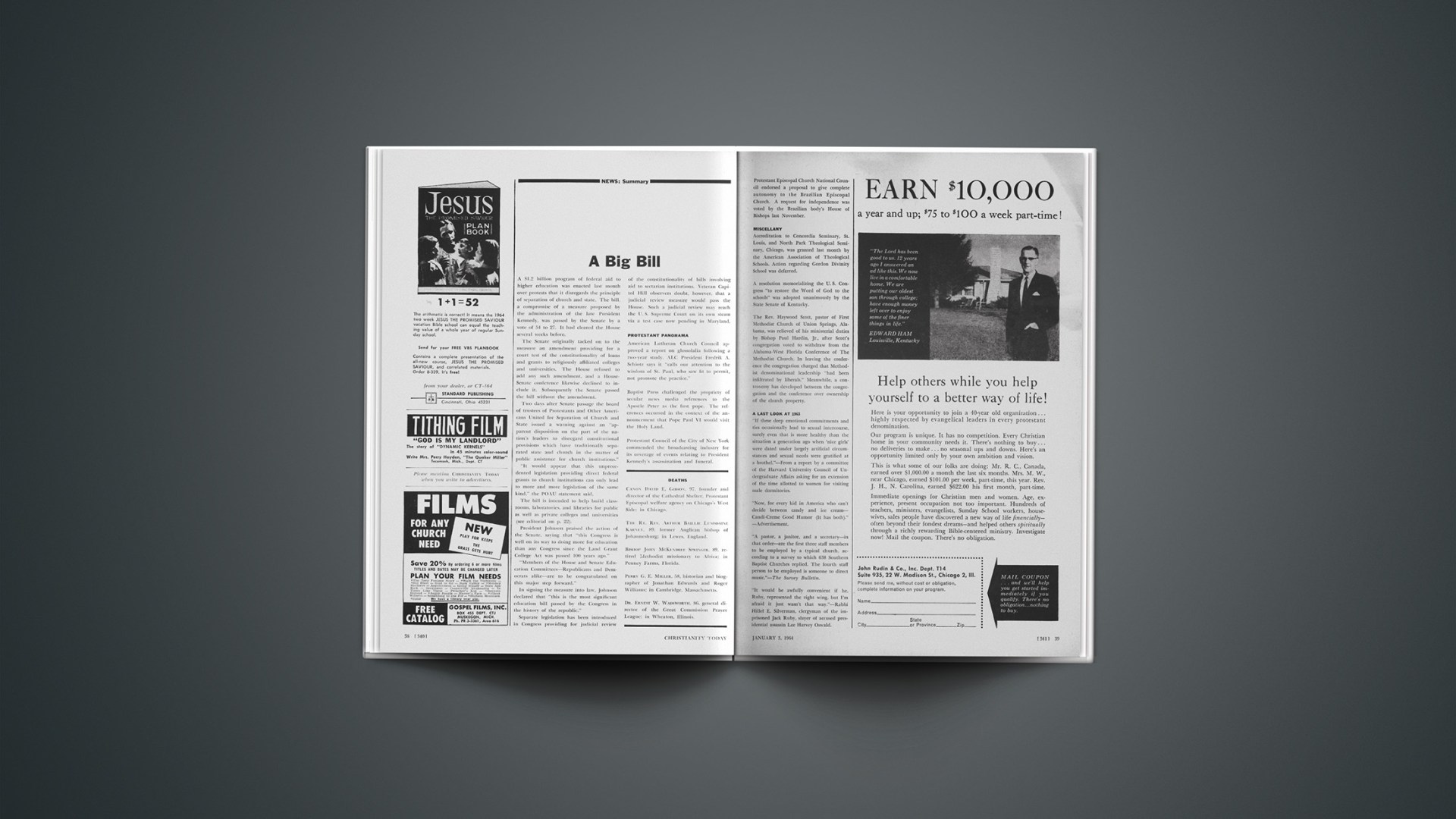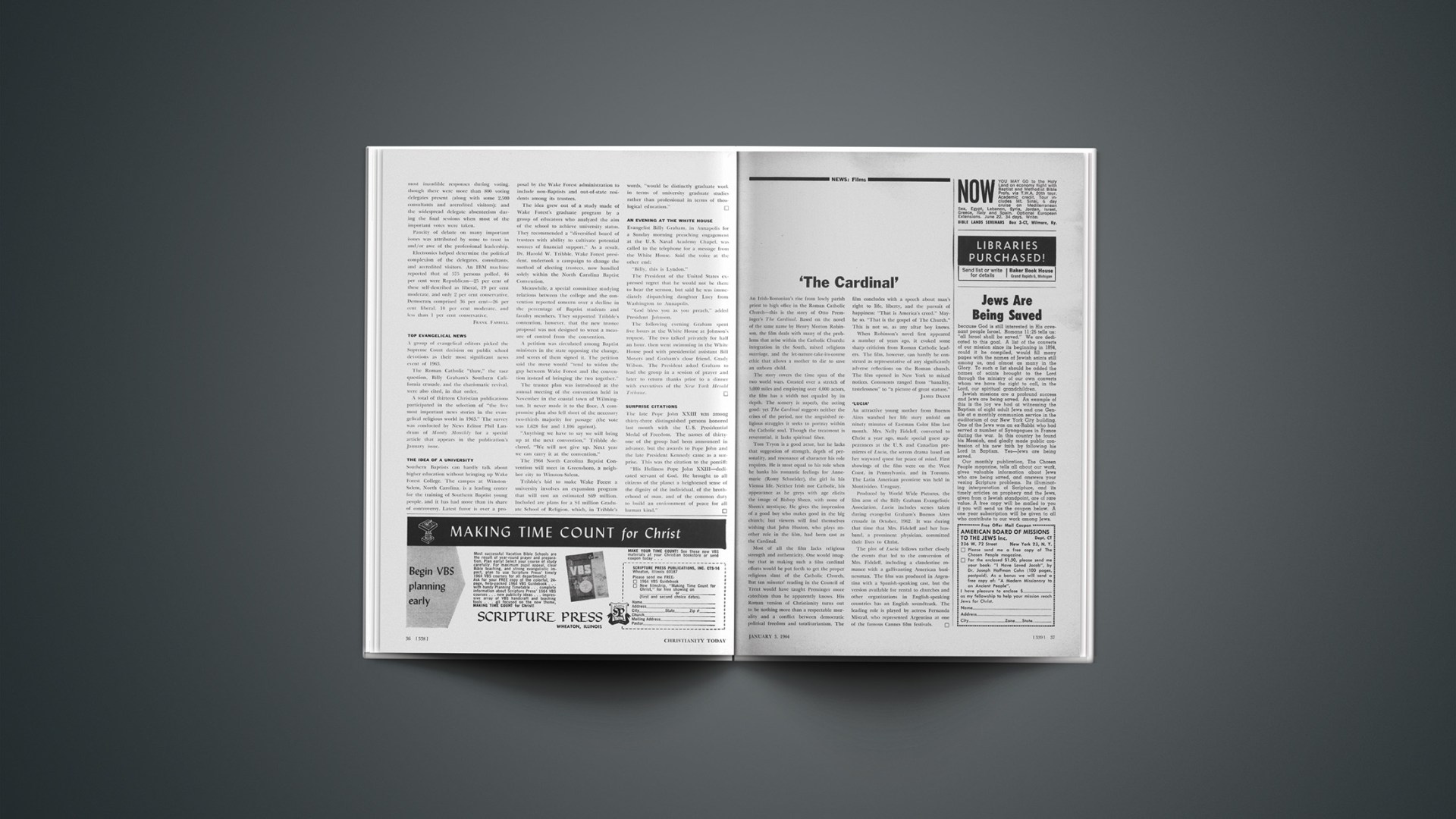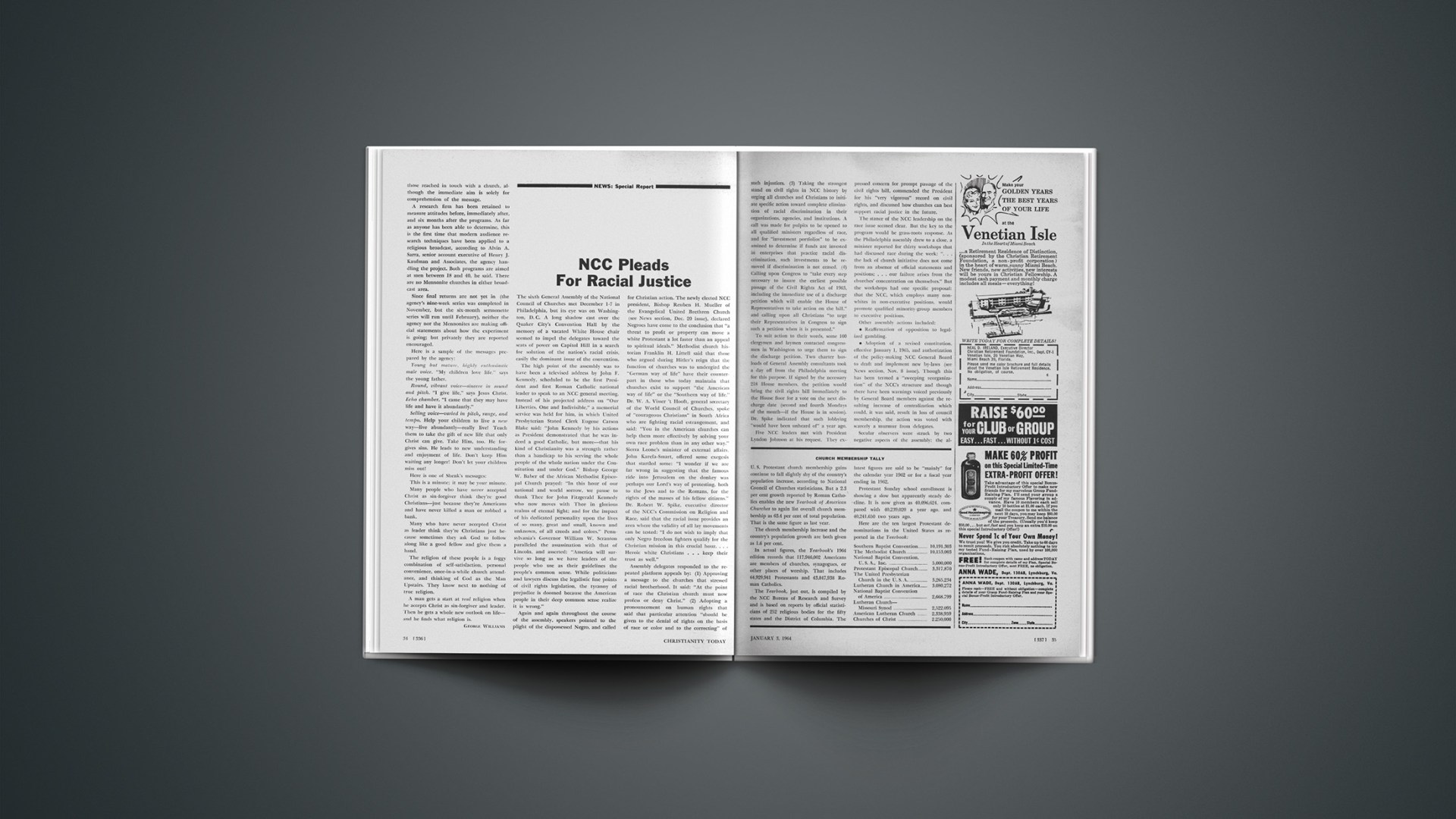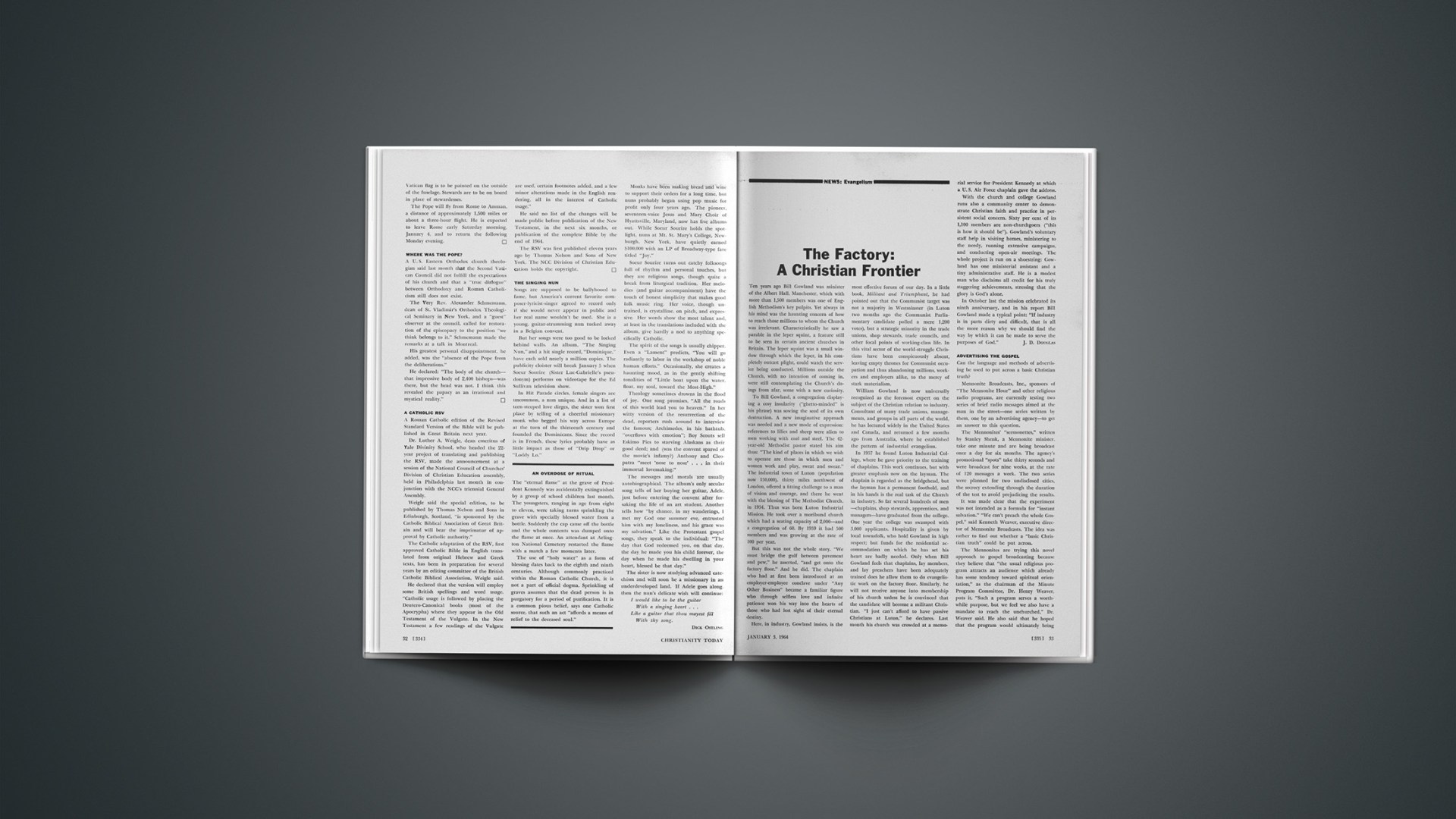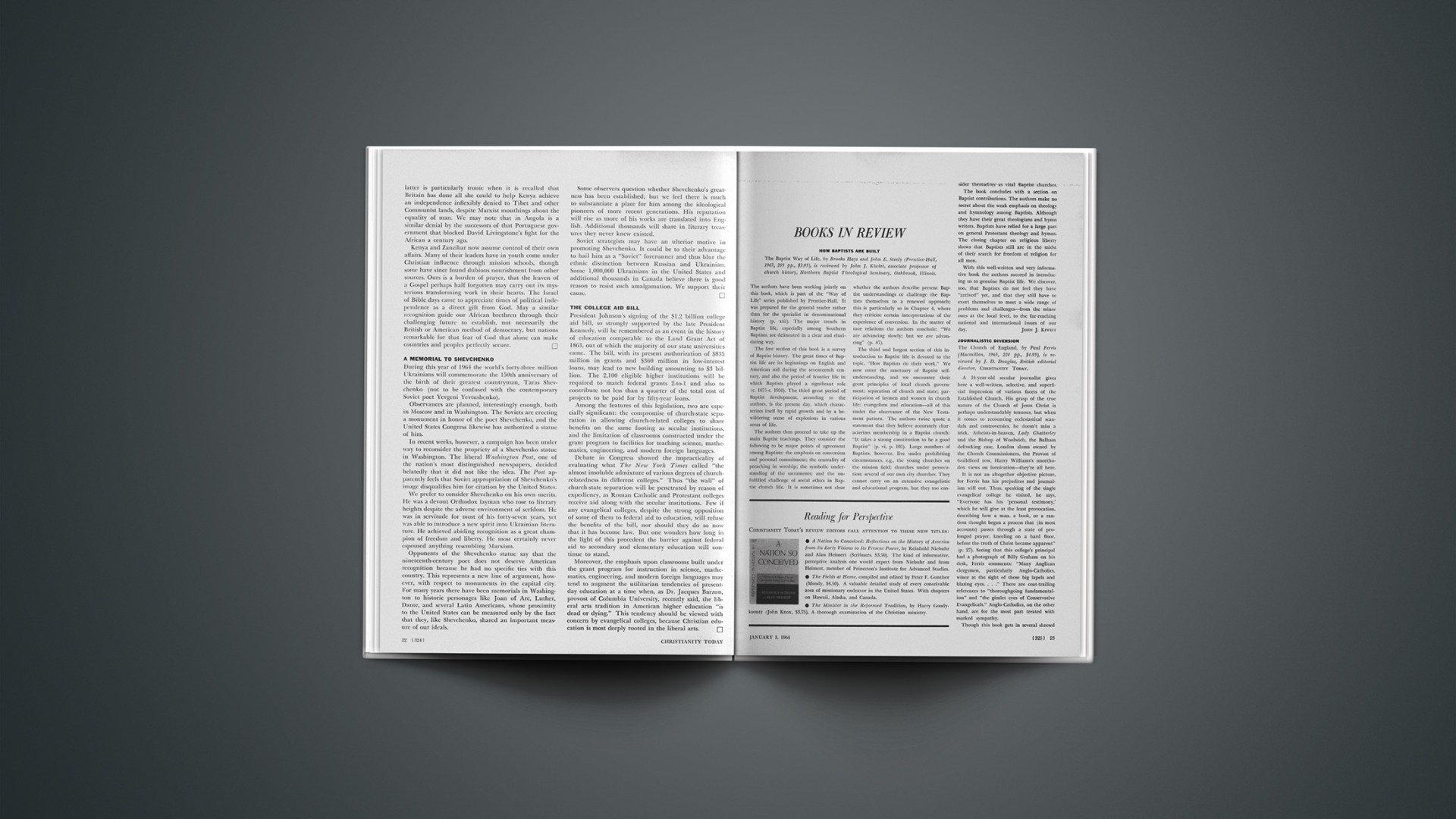The editor of Christianity Today asked me to say something about my observations at the second session of the Second Vatican Council. Although it is not possible to capture all of one’s responses to this great event within a single article, I will note at least a couple of matters that have struck me as of special importance. It is not true that this second session has been less productive than the first one. Many far-reaching subjects have been on the agenda. One of these was the question of the power of the episcopate. Another was that of the church as the people of God. Still another was the question of Mary’s place in respect to the church. This last question is one that asks whether Mary should be viewed within the framework of the church or in a special category, apart from the church. Does Mary belong within or above the church? One can immediately sense the importance of this question to the entire Mariological problem. This question is of such intense interest to the Roman theologians and is of such complexity that we shall have to devote a special article to it in the near future.
Related to the subject of Mary is the so-called triumphalism (an attitude toward the history of the church that sees it as a great and obvious success). I have observed a strong current within the council against the “triumphalistic” view of the church, indeed a crusade against it. Even in the first session, a speech against the hard-set clericalism within the juridical approach to the church was accompanied by an attack against “triumphalism.” Since this speech, the anti-triumphalistic voices have increased in volume.
Prior to the council, Heinrich Fries wrote that the church was obliged to take a more modest view of itself. Is the church on earth to serve or to rule? Does the church understand that it is here as a pilgrim? Does the church reflect Christ’s kind of glory, the glory of humble service? Is the Pope indeed a servant of the servants of God? Has it been evident in the church’s posture that she reflects the words of John 3:17: “God sent not his Son into the world to condemn the world, but that the world through him might be saved”? The church, it was said, must acknowledge that it is not identical with the Kingdom of God, that it is only an instrument in the service of the Kingdom. The warning that the church must drop all pride, all self-glorification, has sounded again and again through the vast halls. Those who sound it insist that they wish no revolution in the church, but only self-criticism and renewal, a willingness to be tested by the Touchstone.
Only in this way, it is argued, will the church be worthy of belief. This credibility of the church, as Hans Küng has argued, is not a self-evident and natural credibility. To be believable the church must submit itself constantly to the criticism of the Lord. It can be a believable institution only as it declines to be an instrument of power and accepts its station as servant. When the Church says of itself: “I am rich … and I need nothing” (Rev. 3:17), it loses its credibility. It is worthy of belief only as it makes clear to the world that it is here to dispense the mercy of Christ to the needy.
If this anti triumphalism wins the day, the attitude of the Roman church to the “separated brethren” must also be affected. The old categories (heathen and Jews, heretics and schismatics) can no longer easily be used, argues Fries. The ecumenical conversation cannot be entered by Rome with a demand for unconditional surrender, the insistence that return to Rome is the only and simple solution to the ecumenical problem. When the church acknowledges that it too has sinned and it too bears a burden of guilt, the ecumenical question suddenly becomes more complicated than it seemed to be.
All these matters are playing a vital role in the movement that is now loose within the Roman Catholic Church. They thrust themselves into almost every discussion at the council. This apparent movement is not merely an abstract theological concern. It is a matter of a different attitude. People want the church to be shed of the caricature of a conquering ruler, and to take on the image of service and suffering for the sake of the world. The spokesmen for the new tendency want the church again to be clearly and unambiguously the church of the Lord who came “not to be served, but to serve.”
This is not the first time in the history of this church that such a voice has been heard. But today it is coming from all sides. And, we must note, from all ages. This is not a matter of a new generation pitted against an old one. Hans Küng is young, but Karl Rahner and Han Urs van Balthazar are both fifty-nine, and Yves Congar is still older. The younger and the older men are finding each other in a consciousness that what they feel is really a primitive Christian pathos, a new personal discovery of the New Testament.
The questions of anti-Semitism and freedom of religion are also closely related to the changed vision of the church. Back of all this hangs the question, as everyone knows, of the changeable or unchangeable character of the church, of the ecclesia Romana. But the crusade against triumphalism is a truly remarkable phenomenon in this communion. No one is able to predict what will come of it.
This fortnightly review is contributed in sequence by J. D. Douglas, British editorial director, CHRISTIANITY TODAY; Philip E. Hughes, editor, The Churchman, London; Harold B. Kuhn, professor of philosophy of religion, Asbury Seminary, Wilmore, Kentucky; G. C. Berkouwer, professor of dogmatics, Free University of Amsterdam; and Addison H. Leitch, professor of philosophy and religion, Tarkio College, Tarkio, Missouri.—ED.

